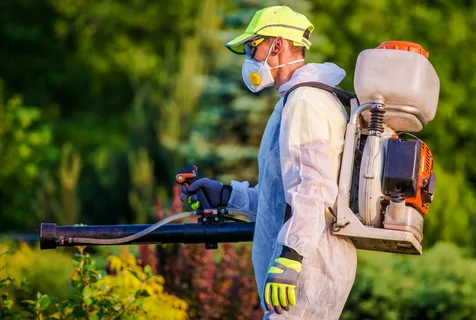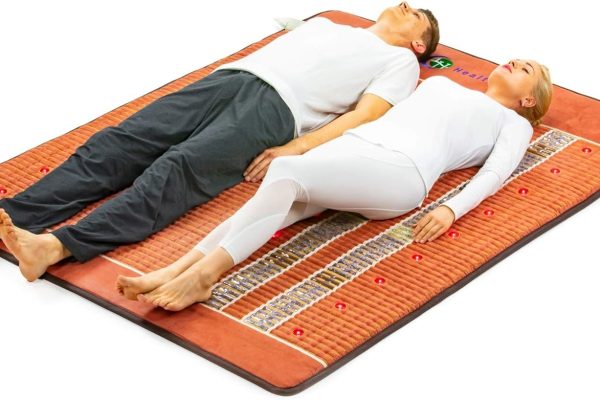You come across queries like ‘How many layers of clothing do you need for snow?’ frequently on the web especially during winter. And there have always been some caring and thoughtful people who come up with an answer after hours of research on cold-weather clothing.
Hats off to their helpful attitude. But, there can’t be any fixed number of layers suitable for every person. Also, a plan for layers varies with the weather. For example, the number of layers and Cold Weather Clothing planned for 20oF cannot be suitable for windy -20oF weather.
What’s the Deal Then with Cold Weather Clothing?
Let’s try to get a bit deeper into our issue. What are layers of your clothing, after all? If John Cold puts on 5 pieces of clothing one over another, are there 5 layers? What’s the difference between clothes and layers of clothes?
Our main objective is to beat the cold. There are, however, other issues like sweat and, for some people, allergies that make it complicated.
Put it all together, we need clothes that can protect us from cold and keep us dry and comfortable at the same time.
Where are the layers?
They are just names given by us describing specifically what they do. Some layers keep you dry while others keep you warm. Popular boutique houses offer a wide range of stylish winter layers and apparel, but you must check them carefully before selecting the perfect ones.
How many Layers should there be?
Until now, we’ve got three main issues: keeping ourselves warm, comfortable, and dry. If you find (let’s suppose) three more issues, you will likely be using six layers. Fewer issues will call for fewer layers, no doubt.
Needless to say, if a single layer can cover more than one issue fewer layers will be enough.
Importance of Layers
- They are easy to add or remove.
- You can avoid sweating whenever you need to.
Two principles for Cold Weather Layers
There are two principles based on which you need to plan your layers:
- They should be snug– not tight, nor loose, just allowing air circulation. This helps you to keep warm.
- They should easily be added or removed or, at any change of temperature, you can easily tolerate your sweat.
Some Important layers
Let’s have a walk through some important layers and make it easy for you to decide which ones you need.
1. Base Layer (for moisture management)
This is essentially the innermost long underwear that snugly fits your bare body. This must be non-absorbent, otherwise, you will keep feeling clammy the whole time. Also, your sweat can reduce the insulation value of this layer because cold, coupled with damp conditions, can very well cause hypothermia.
This layer is used for wicking and moisture management, not for warmth.
Merino wool has, in recent years, become most people’s choice because it preserves heat no matter how wet your body is and doesn’t stink. They are, however, rather costly and not so durable as the synthetic base layers are.
On an average scale, a synthetic layer works best as the base. They come in a variety of blends like Omni-Wick, Polygiene, Lifa, Polartec Power Dry, Capilene, and Polyester-Polypropylene.
The only downside is these fabrics expel an (especially Capilene and Lifa) foul smell after three or four hours of outdoor use.
Cotton is the worst choice for the base layer because it rapidly gets wet and stubbornly refuses to lose moisture.
2. Middle Layer (for insulation)
This layer mainly keeps you warm by trapping heat.
It also absorbs the moisture of the base layer and transports the moisture out of your garment through evaporation. They are cheaper than merino, and wick costs almost the same.
Fleece, wool, down, and a variety of other synthetic fabrics are some of the most common materials used for mid-layers.
Wool has undergone great changes recently and brands like Isobaa, Redram and smart wool are worth trying.
A bit of detail about ’down’ seems essential. It works wonderfully in dry and cold weather. But it is pricey and of no use in wet weather. Though recently there has been a kind of water-resistant down available in the market they are way too costly for general people.
3. Shell Layer (for weather protection)
As the name describes it protects (or is meant to protect) from all meteorological threats like snow, rain, sleet or wind.
The main performance of the shell layer depends on the balance between weather protection and breathability.
One important point to know: there are levels of water resistance and nowadays, most jackets have a waterproof rating. The range is 0 to 20,000. The more the number on your jacket is the more water-resistant it is.
There are some other minor parts like sealed seams and water-resistant zips that contribute to the capacity to protect moisture of the shell layer. Then there are thigh zips, pit-zips, adjustable waist, and Velcro cuffs that do great jobs for the breathability of the shell layer.
Beware!
- Whenever you feel prolonged and uncontrolled shivering doesn’t wait for your layers to rescue. It’s a sign that your body is failing to produce enough heat, so you must take shelter in any heating system immediately.
- So far we have only dealt with fighting cold and keeping dry. There is, however, another important point to consider: while focusing on keeping warm you can easily get overheated, even before you start sweating. This might lead to a complex physical issue. Be prepared to remove any layer in case your body temperature starts rising.
- Don’t forget your extremities, especially, from wrist to fingertips, from ankles to your toe and from neck to your head. Your winter layers are not likely to reach these body parts, and you can easily catch a cold. Plan something warm for them.
Final Words
As said above, there could very well be more layers based on your requirement. But you need to ensure two things: keeping warm and comfortable.





